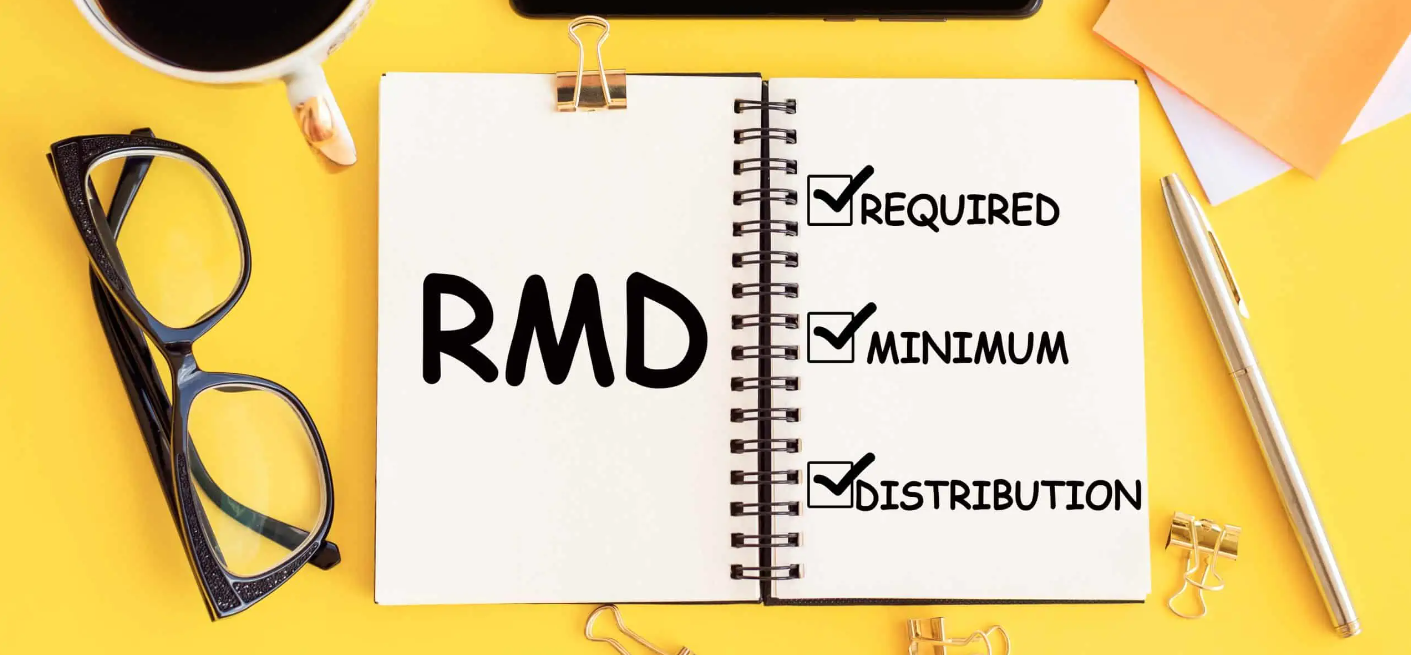We’re getting lots of questions about the SECURE 2.0 change that allows annuitized IRA annuities to be aggregated with non-annuity IRA funds for required minimum distribution (RMD) purposes. This change could drastically reduce RMDs. But, without a proper valuation of the annuity from the insurance company, it will be difficult to take advantage of it.
When an annuity within an IRA is annuitized, RMDs are calculated differently than they are for other IRA funds. For the other (non-annuitized) funds, RMDs are calculated under the usual rule (prior-year 12/31 account balance divided by the owner’s life expectancy factor). But for the annuitized part, the annuity payments received during a year are considered the RMD for that year.
This amount of total payments is typically much larger than the RMD that would be required if the annuitized part was determined under the usual RMD method. However, before SECURE 2.0, this overage couldn’t be credited against the RMD for the other IRA funds. In other words, there were two separate RMDs – one for the annuitized portion and one for the remaining funds – that couldn’t be aggregated.
Example 1:
Chloe turns age 73 this year and is required to take an RMD for 2024. In late 2023, Chloe purchased an annuity with $300,000 of her funds in IRA-A that started paying her a monthly benefit of $1,500 in January 2024. As of December 31, 2023, Chloe also had $200,000 in IRA-B which is invested in mutual funds. For 2024, Chloe will receive $18,000 ($1,500 x 12) of annuity payments from IRA-A, and that will satisfy her RMDs for IRA-A. However, under the old RMD rule, Chloe would also have to take a separate RMD of $7,547.17 ($200,000/26.5) from IRA-B. Her total RMD would be $25,547.17.
SECURE 2.0 changes this rule by allowing RMDs for the annualized IRA and the other (non-annuitized) IRA funds to be aggregated. To do this, the prior-year 12/31 value of the annuitized IRA and the other funds are combined, and this sum is divided by the applicable life expectancy factor. This becomes the total RMD for the year. The amount of annual annuity payments are then subtracted from the total RMD to determine how much of the total RMD remains and must be taken from the other IRA accounts.
Example 2:
If the value of Chloe’s annuity as of December 31, 2023, was $300,000, under the new rule, her total 2024 RMD would be $18,867.92 [($300,000 + $200,000)/26.5]. $18,000 of that total RMD would be satisfied by the IRA-A annuity payments, requiring Amy to take only $867.92 from IRA-B. Her 2024 total RMD is about $6,700 less than under the old rule.
However, there’s a big problem: To use the new rule, the RMD for the annuitized part must be calculated using the usual rule (prior-year 12/31 account balance divided by the owner’s life expectancy factor). But that requires a valuation of the annuity as of the prior 12/31. The annuity provider is supposed to report the fair market value of annuities annually on Form 5498. However, once an annuity is annuitized, that doesn’t always happen. The IRS may allow valuations to be obtained in other ways, but there hasn’t been any guidance on that yet. So, unless the insurance company can provide a proper valuation, it would be risky to use the new RMD rule.
By Ian Berger, JD
IRA Analyst











